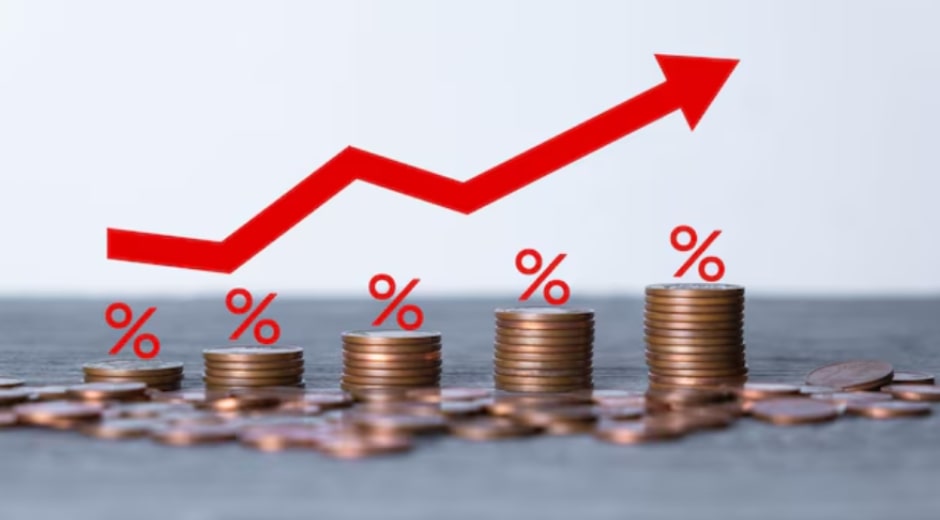Effective Inflation Strategies to Protect Your Wealth During Price Surges
Inflation can silently erode purchasing power, savings, and investment returns. Having smart inflation strategies in place is vital for preserving and growing your wealth. Whether you’re an investor, saver, or business owner, the right approach can make a big difference in high inflation periods. In this guide, we explore key strategies, credible sources, and practical steps you can take now.
1. Understand What Drives Inflation
Before deploying strategies, it’s essential to understand the forces behind inflation. Broadly, inflation arises from demand-pull pressures, supply constraints, monetary expansion, and rising production costs. According to the **Federal Reserve**, inflation may accelerate when growth and monetary stimulus combine. For more macroeconomic context, see publications from the International Monetary Fund and the World Bank. If you’re also following crypto markets, check our XRP analysis guide for insights on how inflation impacts digital assets.
2. Diversify Into Inflation-Resistant Assets
One of the most direct ways to hedge inflation is by holding assets whose value tends to rise with price levels. These include:
- Real assets like real estate, farmland, and infrastructure — these often have rents or cash flows that adjust.
- Commodities and natural resources, such as precious metals (gold, silver), energy, and agricultural commodities.
- Inflation-linked bonds, e.g. U.S. Treasury Inflation Protected Securities (TIPS), where principal adjusts with CPI. The U.S. Treasury site offers details on TIPS. (See TreasuryDirect.)
- Stocks in businesses with pricing power, meaning they can pass on costs to consumers (utilities, consumer staples, energy).
3. Short-Term and Floating Rate Instruments
Holding long-duration fixed-rate bonds during inflation can be punishing because their real value declines. Instead, consider:
- Short-duration bonds or bond funds
- Floating rate notes, which adjust interest payments with prevailing rates
- Cash equivalents or high-yield savings accounts for flexibility (though interest often lags inflation)
4. Use Leverage Carefully in Inflationary Periods
Debt can be an inflation hedge if your liabilities are fixed but your assets grow along with inflation. However, leverage is risky—rising interest rates and volatility can backfire. Use it with discipline and risk controls. For related strategies, read our effective learning strategies guide, which also emphasizes discipline and structured planning.
5. Hold International Exposure
Inflation varies by country. Holding foreign assets or currency exposure can diversify inflation risk. For instance, emerging markets or countries with favorable monetary policy may outperform. Global ETFs and mutual funds facilitate this exposure.
6. Inflation Forecasting & Monitoring
Monitoring inflation expectations is key to timing your strategy. Tools and indicators include:
- Break-even inflation rates: the difference between nominal and inflation-linked bond yields
- CPI and PCE indices: published by government statistical agencies (e.g. U.S. Bureau of Labor Statistics BLS)
- Central bank guidance and forward guidance
7. Cost Management & Budgeting Adjustments
On a personal or business level, inflation strategies include rethinking expenses and controlling cost inflation:
- Lock in fixed costs (rent, insurance) ahead of inflation waves.
- Negotiate supplier contracts with inflation escalators or hedges.
- Optimize productivity and efficiency to offset rising input costs.
8. Scenario Planning & Stress Testing Portfolios
Create multiple inflation scenarios (moderate, high, hyper) and test how your portfolio behaves. This helps you allocate hedges strategically rather than overcommitting. Use financial models or consult professional advisory tools for this.
9. Tactical Rebalancing & Taking Profits
As inflation moves or markets shift, you may want to rebalance out of overperforming assets into hedges or safe havens. Don’t let winners run unchecked—lock in gains when valuations become stretched.
10. Long-Term Mindset & Psychological Discipline
Inflation cycles may last several years. Stay patient and avoid panic adjustments. Having a long-term framework helps stay the course, even when short-term volatility bites.
Resource & Further Reading
For macroeconomic insights, check reputable sources like the IMF’s website, the U.S. Federal Reserve, and the World Bank. For business and market commentary from a community perspective, see Business Forum Hub. You can also explore our wealth preservation guide for more strategies on defending capital during volatile cycles.
Conclusion
Inflation is a structural force that can quietly erode value unless countered by intentional strategies. By combining asset hedges, flexible instruments, international exposure, cost control, and scenario planning, you can better defend your wealth. Start by assessing your current portfolio, identify inflation vulnerabilities, and layer in protection gradually—don’t try to “time” everything perfectly. Over time, your inflation strategies can form a resilient framework across market cycles.
Education Made Simple

Commodities Unlocked: Why Gold, Oil, and More Still Matter in Modern Portfolios
Discover how exchange-traded funds (ETFs) are revolutionizing investing. Learn about thematic ETFs, diversification, risk factors, and strategies for smarter portfolio building.

Crypto Reimagined: How Digital Assets Are Reshaping Global Finance
Discover how exchange-traded funds (ETFs) are revolutionizing investing. Learn about thematic ETFs, diversification, risk factors, and strategies for smarter portfolio building.

ETFs Uncovered: How Exchange-Traded Funds Are Changing Investing 2025
Discover how exchange-traded funds (ETFs) are revolutionizing investing. Learn about thematic ETFs, diversification, risk factors, and strategies for smarter portfolio building.

Investing in Disruption: Stocks Poised for the Next Big Leap
In a landmark move for the AI industry, Nvidia and OpenAI have announced a $100 billion strategic partnership to build at least 10 gigawatts of AI data center capacity.










